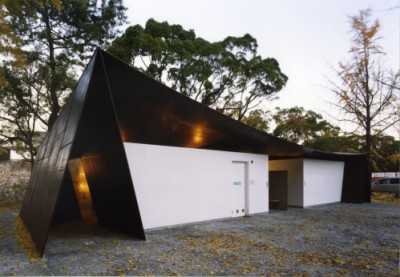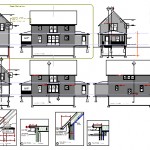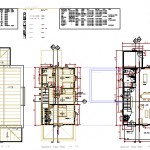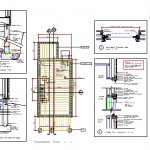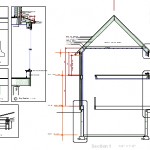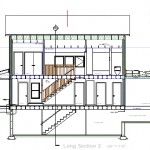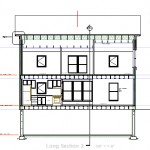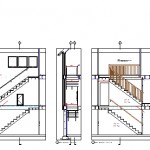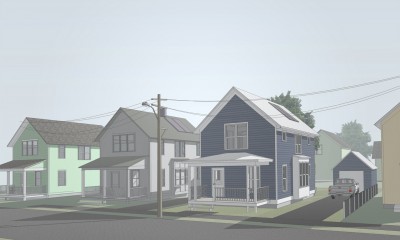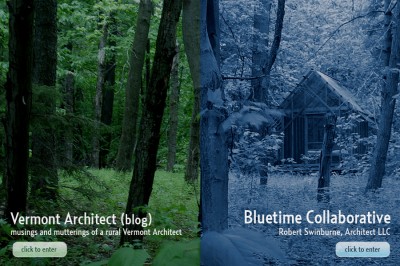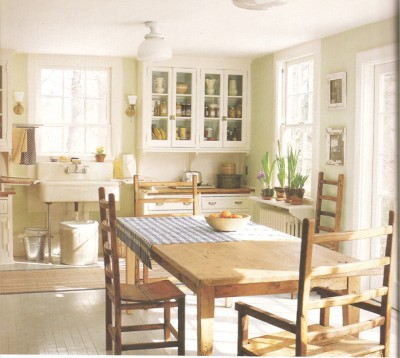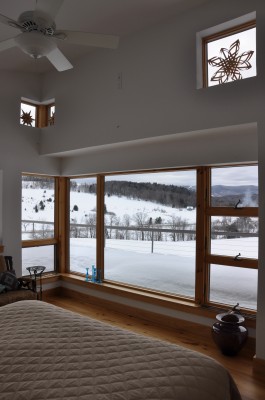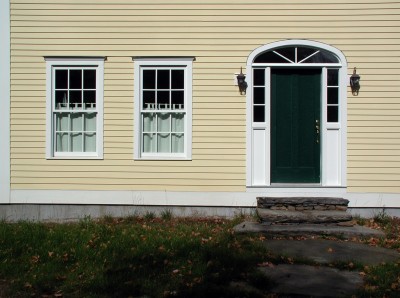Last night I attended a tour at the Putney School in nearby Putney VT to get some continuing education credits and to see some of the new buildings from their architect's perspectives. The tour itself was rather slow but having my daughter with me for the first half hour livened things up a bit. She may attend that school when she is older as my town has school choice after 8th grade and the school has an excellent network of x-c trails nicely groomed in the winter. There were no local architects in attendance other than Joe Cincotta and my friend from college who work up the river at Bensonwood. Boy do I not fit in in a group of older white male architects with the occasional shiny and polished female architect. I really must get some rectangly glasses. Are there any local architects anymore? It seems like all the good work is scooped up by firms from up North. In any case, the Putney Field house is a net nada, LEED unobtainium building that is very nice on the inside (I want one) but rather dull looking on the outside. I just really wanted to grab a basketball and shoot some hoops. There was a ski waxing room however and some Concept II's.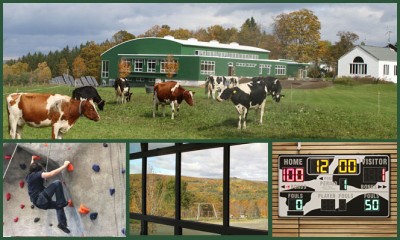
I really like the Michael S Currier Arts center. 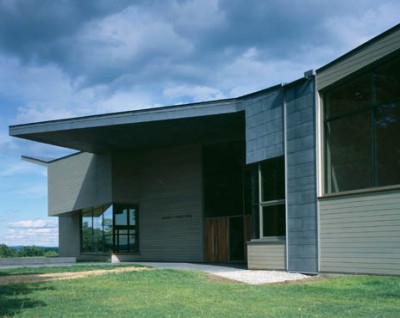 This a modern building that exudes grace and elegance..and it works well too. Details are nicely worked out on a level from the overall to minute details.
The hot link is to a bunch of photos on the Putney School website. This is the sort of building that makes me wish I worked for a larger firm doing institutional and commercial projects. It is very difficult to get this sort of work when you are an anti social sole proprietor lone artist sort who spends all day staring at a computer and muttering.
This a modern building that exudes grace and elegance..and it works well too. Details are nicely worked out on a level from the overall to minute details.
The hot link is to a bunch of photos on the Putney School website. This is the sort of building that makes me wish I worked for a larger firm doing institutional and commercial projects. It is very difficult to get this sort of work when you are an anti social sole proprietor lone artist sort who spends all day staring at a computer and muttering.

